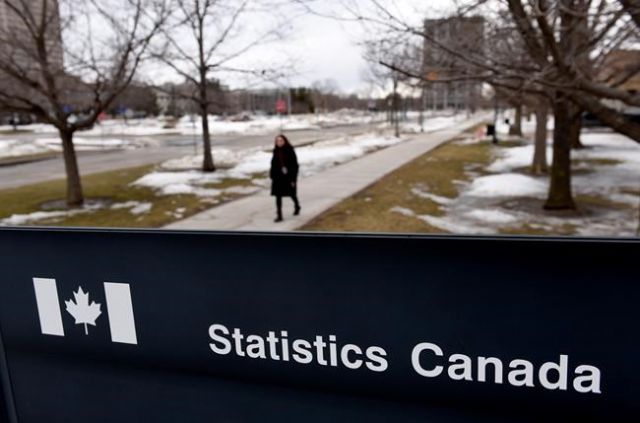
Canada’s unemployment rate stayed at a historic low of 4.9 per cent in July, remaining unchanged from June as the country continues to face a labour shortage.
In its latest labour force survey, Statistics Canada says the economy lost 31,000 jobs, marking the second consecutive month of job losses.
The number of public sector employees fell, while the number of self-employed workers rose. There was little change in the number of private sector workers.
Canada’s labour market remains exceptionally tight, with over one million job vacancies across the country. The unemployment rate is the lowest on record with comparable data going back to 1976.
Statistics Canada says despite the labour shortage, there is no evidence of a rise in the proportion of people leaving or switching jobs.
In British Columbia, the unemployment rate was pegged at 4.7 per cent, up from 4.6 per cent in June.
In Kelowna, it was unchanged at 4.0 per cent.
CIBC senior economist Andrew Grantham noted that the job losses in July were concentrated in the services sector, including wholesale and retail, education and health in a note on Friday morning.
“With some of those sectors reporting high vacancy rates, labour supply rather than demand appears to be the main issue,” Grantham said.
The labour participation rate for Canadians between the ages of 25 and 54 is relatively unchanged from where it was pre-pandemic.
The pace of wage growth also held steady compared with June, with average hourly wages rising 5.2 per cent year over year.
The Statistics Canada report also looked at the ongoing healthcare worker shortage, with a focus on nurses. According to Statistics Canada, more than one in five nurses worked paid overtime hours in July, the highest level since comparable data became available in 1997.
For comparison, about 10 per cent of all other employees worked overtime in July.
As Canada faced the seventh wave of COVID-19 infections, 11.2 per cent of nurses were off sick for at least part of the week when the labour force survey was conducted.
The Bank of Canada is paying close attention to employment levels in the country as it gears up to make its next key interest rate announcement in September, when it’s expected to raise interest rates once more.
While economic growth slows in the country as the central bank attempts to tame inflation with higher interest rates, economists have noted that the tight labour market makes the slowdown unique in its nature.
 Student's killer on parole
Student's killer on parole Charges after investigation
Charges after investigation Hostage was on captor
Hostage was on captor  Regulating power prices
Regulating power prices Gen X is raking it in
Gen X is raking it in LeBlanc laying groundwork
LeBlanc laying groundwork US vetoes UN resolution
US vetoes UN resolution $100M Nassar settlement
$100M Nassar settlement 12 Trump jurors picked
12 Trump jurors picked Rates slow green economy
Rates slow green economy Vicinity hires president,
Vicinity hires president, Record housing starts
Record housing starts Warriors ready for Round 2
Warriors ready for Round 2 Kalamalka Bowl cancelled
Kalamalka Bowl cancelled Rockets live to fight on
Rockets live to fight on Rihanna's parenting ‘hack’
Rihanna's parenting ‘hack’ Tarantino scraps film
Tarantino scraps film Munn talks cancer battle
Munn talks cancer battle








